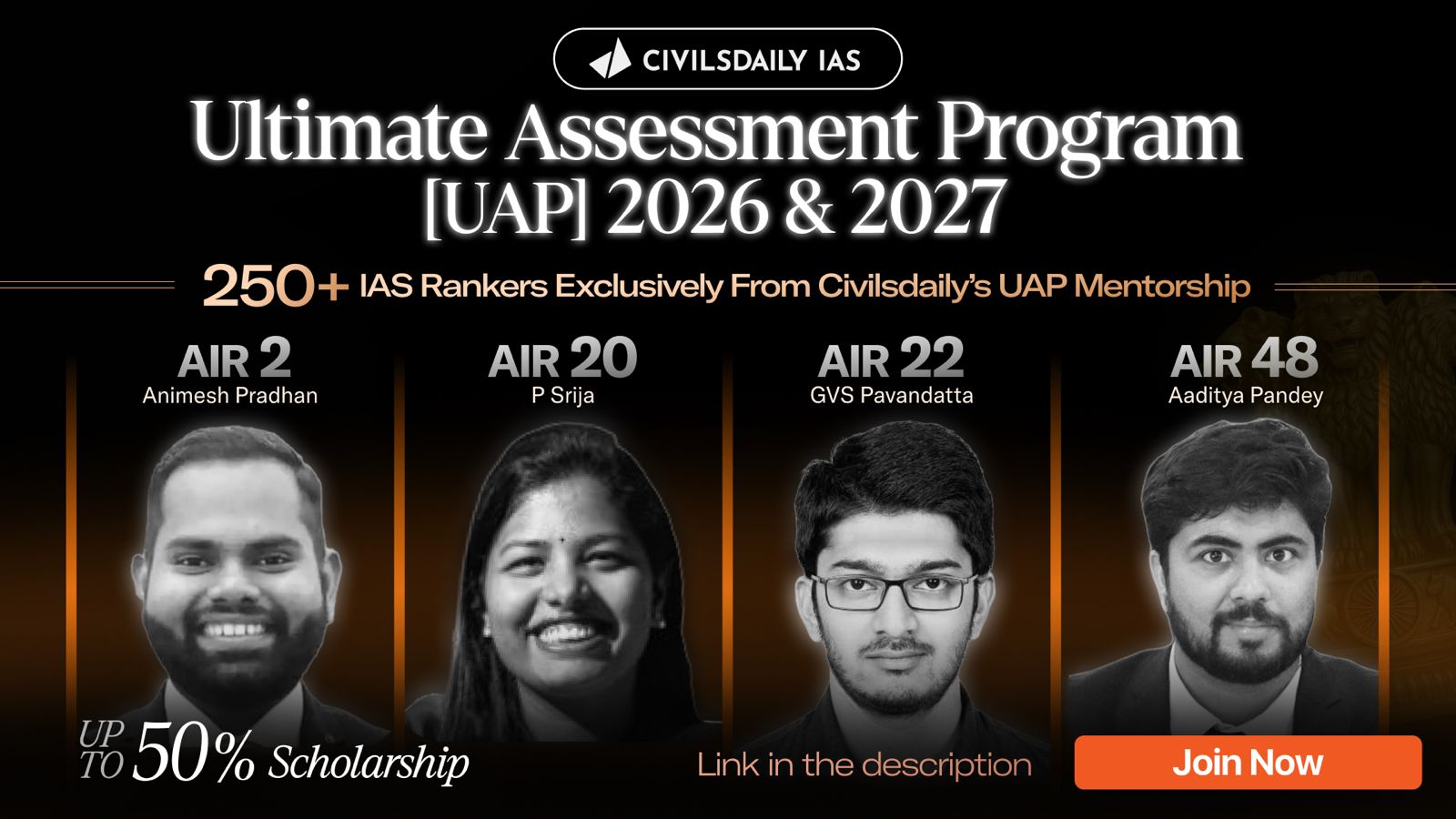PYQ Relevance:[UPSC 2017] Critically examine the Supreme Court’s judgement on ‘National Judicial Appointments Commission Act, 2014’ with reference to appointment of judges of higher judiciary in India. Linkage: NJAC Act was struck down (the Collegium system) had its detailed guidelines laid down by the Supreme Court in the Third Judges case, which itself was a Presidential reference made under Article 143. Therefore, understanding the advisory jurisdiction under Article 143 and its outcome in the Third Judges case is essential background for critically examining the NJAC judgment. |
Mentor’s Comment: The Supreme Court recently set time limits for Governors to decide on state bills, so they can’t delay action forever—a practice often called a “Pocket Veto.” The Court said Governors must act within one or three months, based on the case. This raised doubts about the Court’s powers under Article 142, so President Murmu asked for its advice under Article 143.
Today’s editorial talks about Article 143 of the Constitution, where the President has asked the Supreme Court for its opinion on the powers and responsibilities of the President and Governors. This topic is useful for GS Paper II (Indian Polity) in the UPSC Mains exam.
_
Let’s learn!
Why in the News?
President Droupadi Murmu has used Article 143 of the Constitution to ask the Supreme Court for its opinion on some important questions about the powers and duties of the President and Governors, especially related to how and when they should act on state bills.
What are the provisions?
Note: The President makes these references based on the Cabinet’s advice. What is the historical context?The advisory jurisdiction of India’s Supreme Court under Article 143 originates from the Government of India Act, 1935, which gave the Governor-General the power to refer important legal questions to the federal court for opinion. What were past instances?
|
What is the significance of Article 143 and its colonial legacy?
- Provides Advisory Role to the Executive: Allows the President to seek the Supreme Court’s opinion on complex legal or constitutional issues, helping the executive navigate difficult questions. Eg: President referred the question on delegated legislation in the Delhi Laws Act case (1951).
- Ensures Constitutional Clarity: Helps resolve ambiguities or uncertainties in law, thus guiding governance and preventing conflicts. Eg: The Berubari case (1960) clarified constitutional procedures for ceding Indian territory.
- Maintains Separation of Powers: The advisory nature avoids direct judicial interference in executive functions while still providing legal guidance. Eg: The Supreme Court may decline vague or political questions, as in the Special Courts Bill reference (1978).
What key issues are raised in the latest Article 143 reference?
- Judicial Review of Executive Discretion: The reference questions whether the judiciary can review the discretionary powers of the President and Governors, particularly regarding the assent to bills under Articles 200 and 201.
- Imposition of Timelines on Constitutional Authorities: It seeks clarity on whether the Supreme Court can prescribe timelines for the President and Governors to act on bills, given that the Constitution does not specify such timeframes.
- Concept of ‘Deemed Assent’: The reference challenges the Supreme Court’s introduction of the ‘deemed assent’ concept, questioning its compatibility with the constitutional framework.
- Scope of Article 142 Powers: Article 142 gives the Supreme Court power to pass orders to do “complete justice”, but it must be within constitutional bounds. In the present reference questions whether this provision allows the Court to create new rules not found in the Constitution.
- Justiciability of Executive Actions Pre-Legislation: The reference probes whether actions of the President and Governors concerning bills can be subjected to judicial review before the bills become law.
- Impacts Federalism and Democratic Functioning: The Supreme Court’s opinion will influence the Centre-State power dynamics and safeguard democratic processes. Eg: The Cauvery dispute advisory opinion (1992) that reinforced limits on the Court’s advisory role to respect federalism.
How does India’s advisory jurisdiction compare globally?
| India | Canada | United States | |
| Origin / Legacy | Inherited from Government of India Act, 1935 | Similar colonial legacy | No advisory jurisdiction |
| Nature of Opinion | Non-binding but persuasive | Non-binding but persuasive | No advisory opinions given |
| Who Can Refer | President on Union Council of Ministers’ advice | Federal and provincial governments | Not applicable |
| Judicial Approach | Supreme Court may decline to give opinion | Supreme Court provides opinions on request | Strict separation of powers, no advisory role |
| Example (Eg) | Article 143 references (e.g., Berubari case) | Reference re Secession of Quebec (1998) – clarified constitutional secession rules | In Muskrat v. United States (1911), the Supreme Court rejected advisory jurisdiction |
Way forward:
- Clarify Constitutional Timelines: Amend or clarify constitutional provisions to explicitly define timelines for presidential and gubernatorial actions on bills, reducing ambiguities and potential conflicts.
- Strengthen Centre-State Dialogue: Promote cooperative federalism through regular dialogue and dispute resolution mechanisms to prevent politicization of constitutional functions and ensure smooth governance.
Get an IAS/IPS ranker as your 1: 1 personal mentor for UPSC 2024

